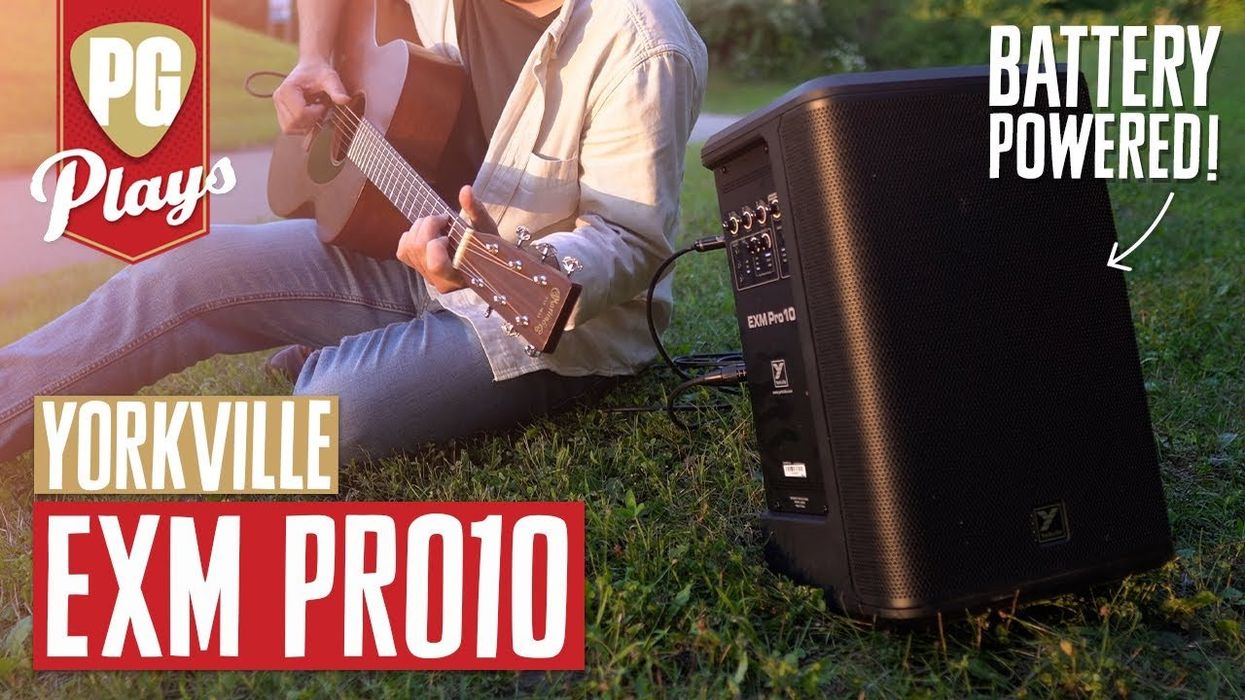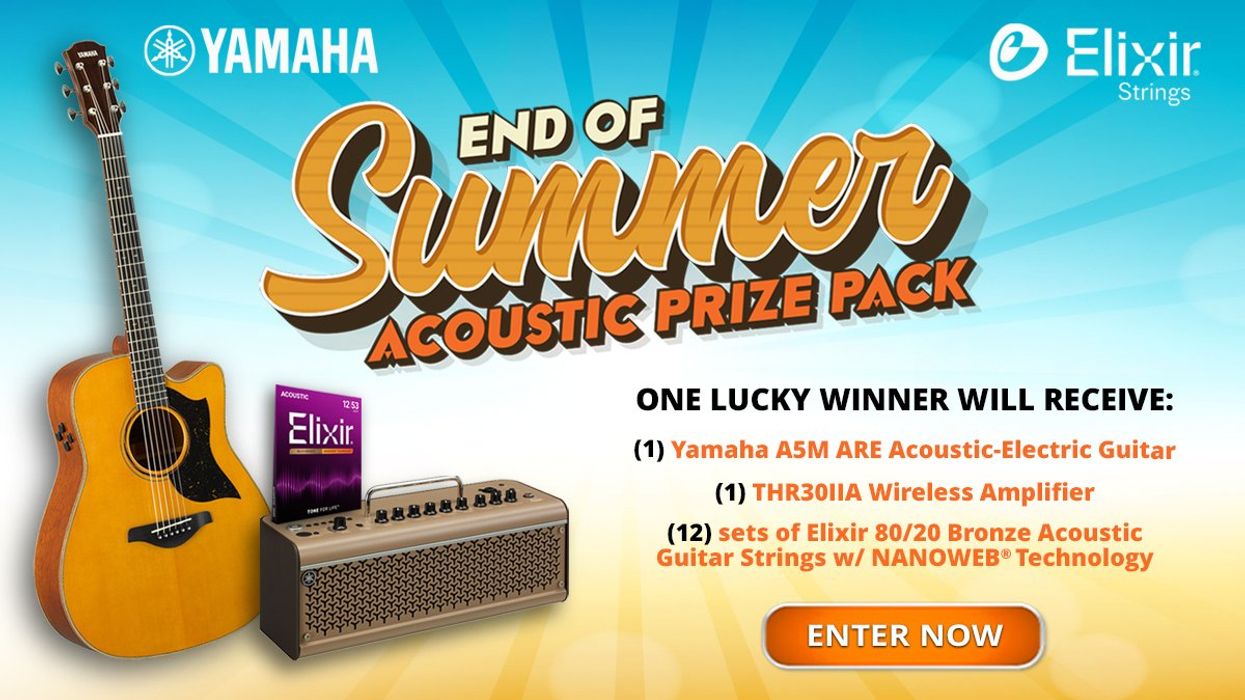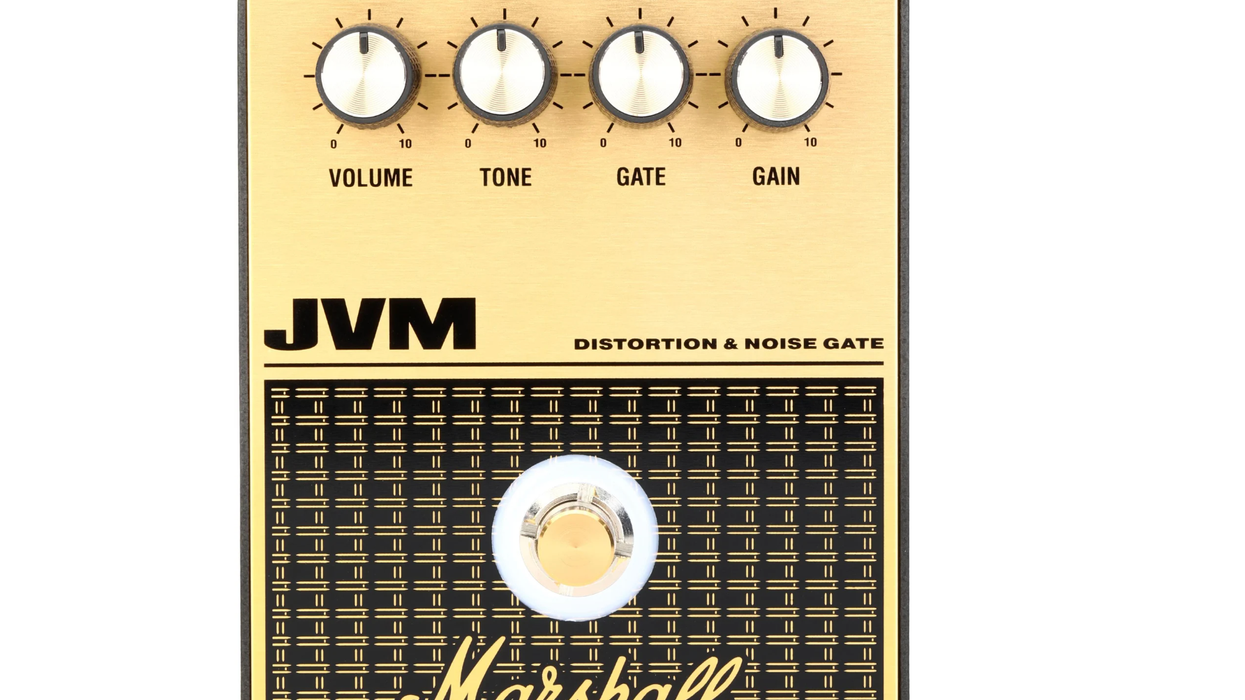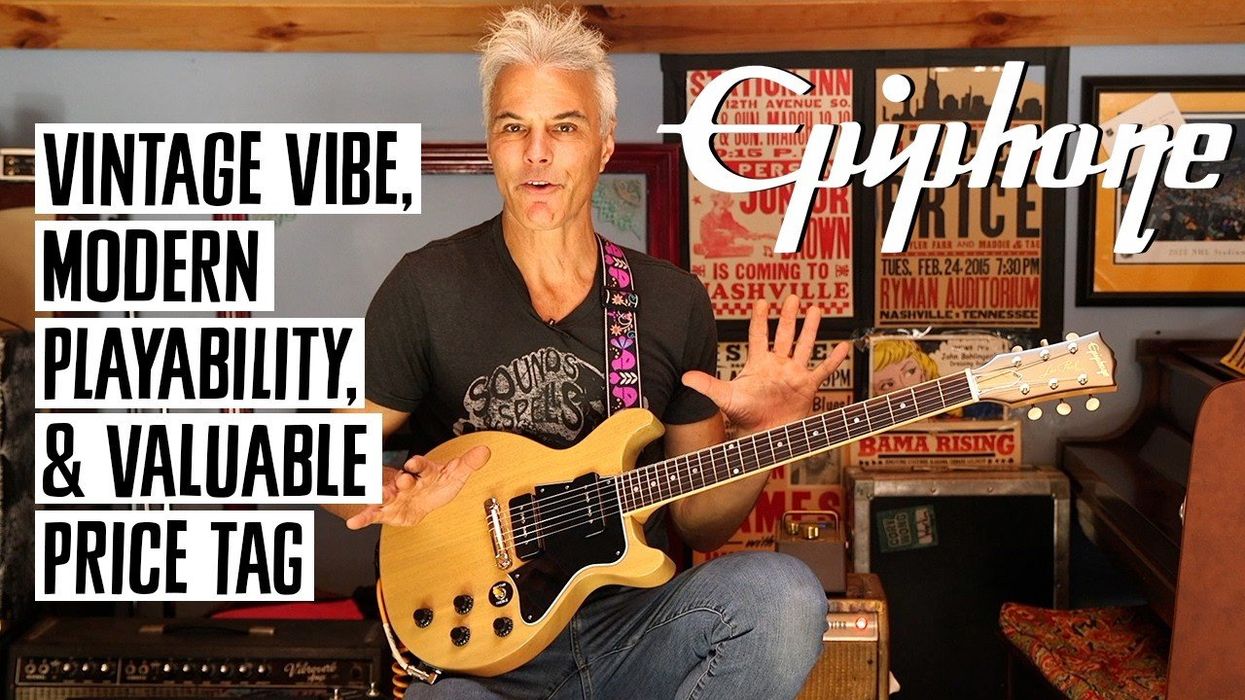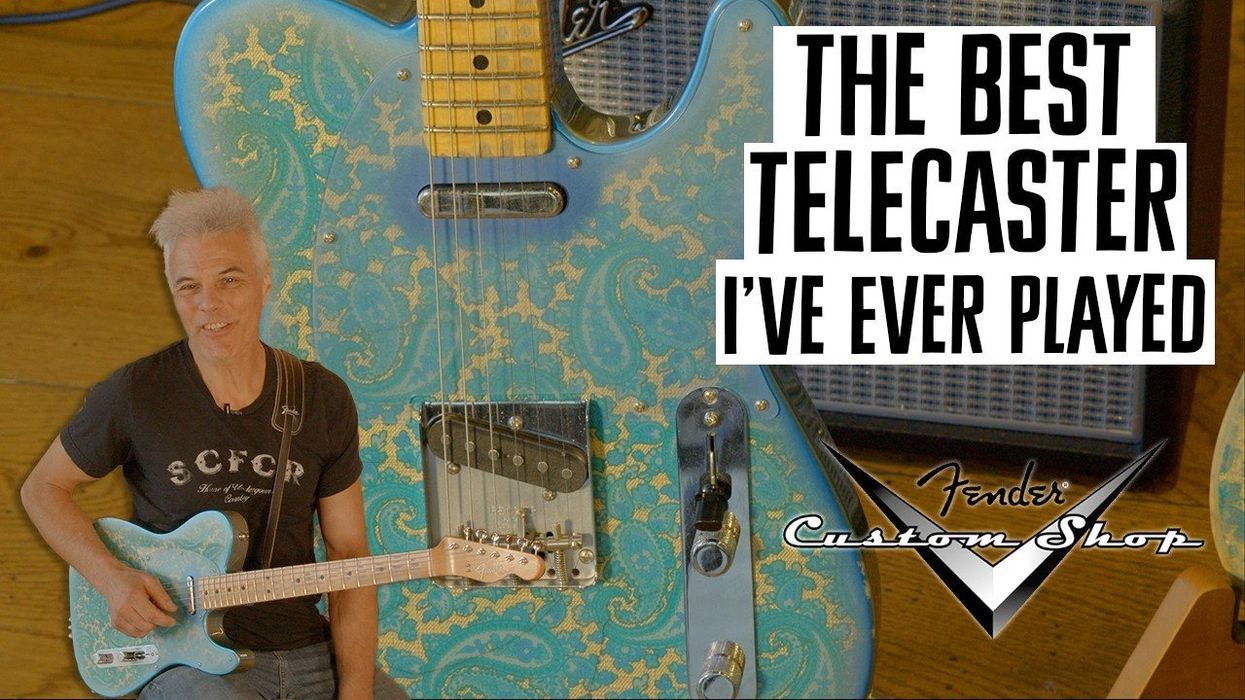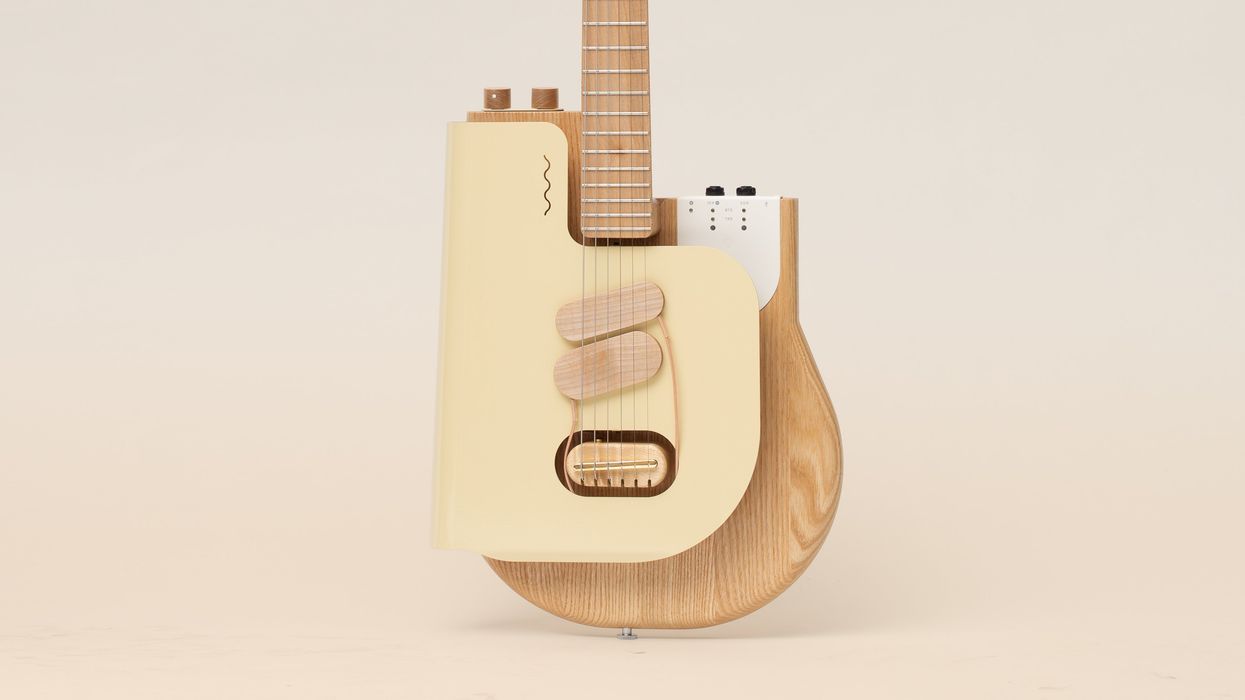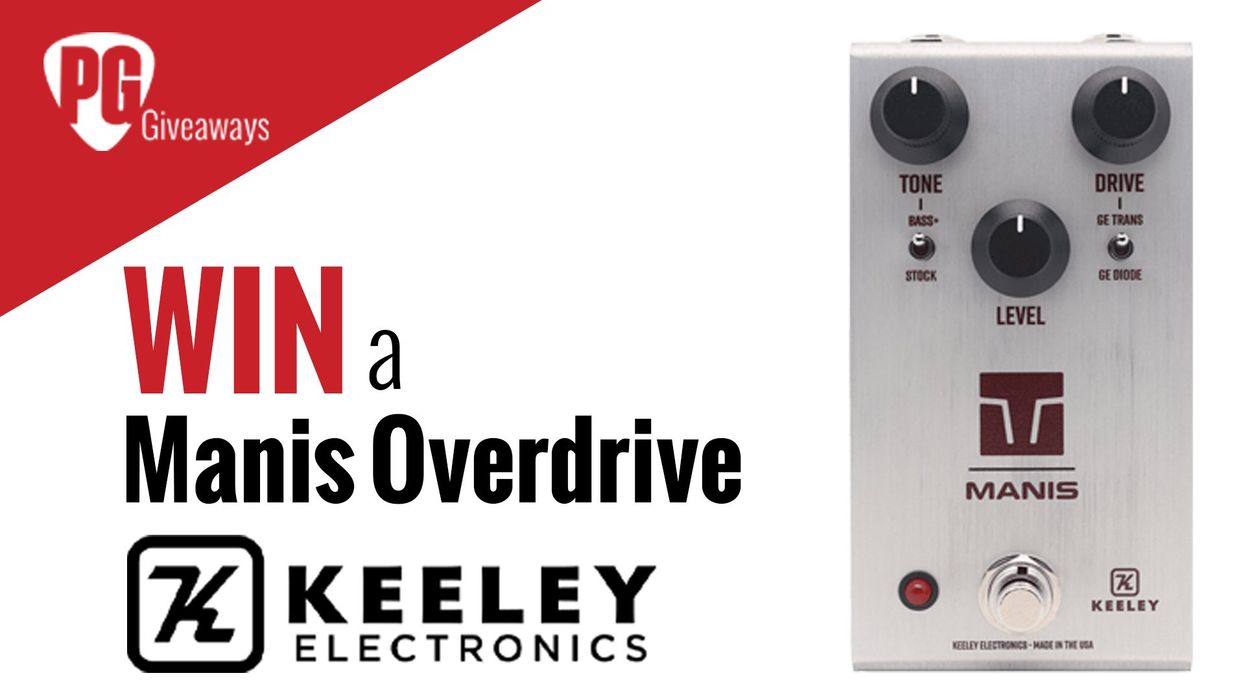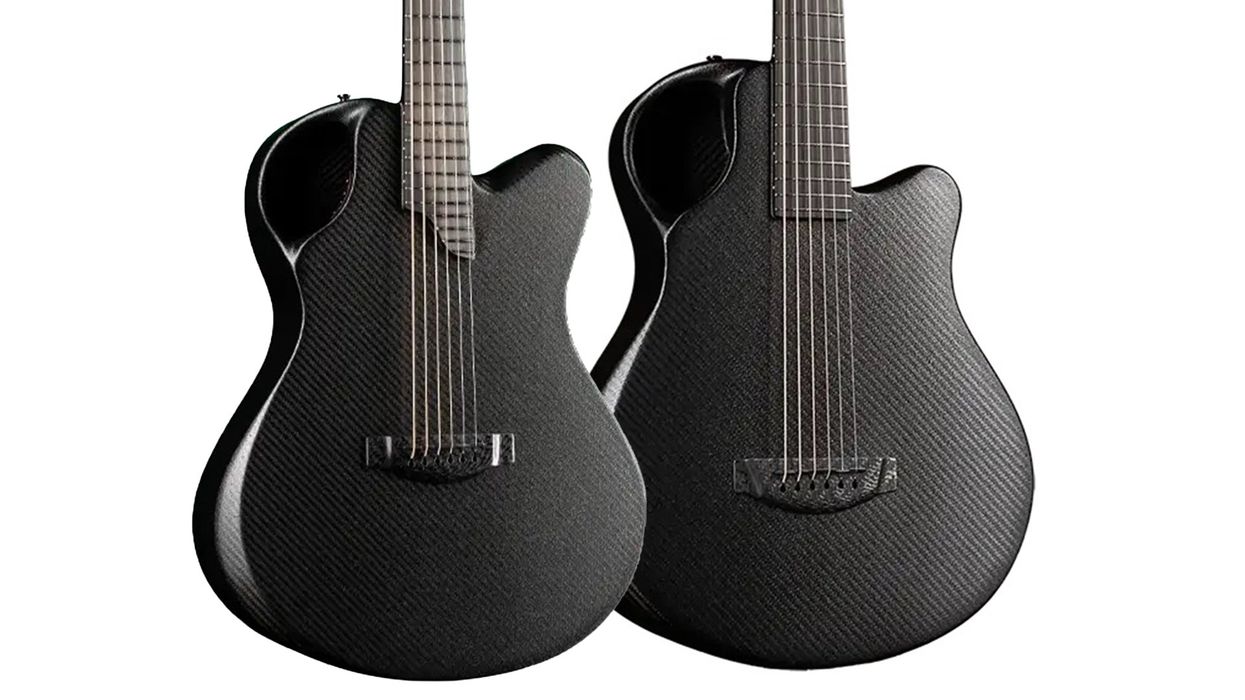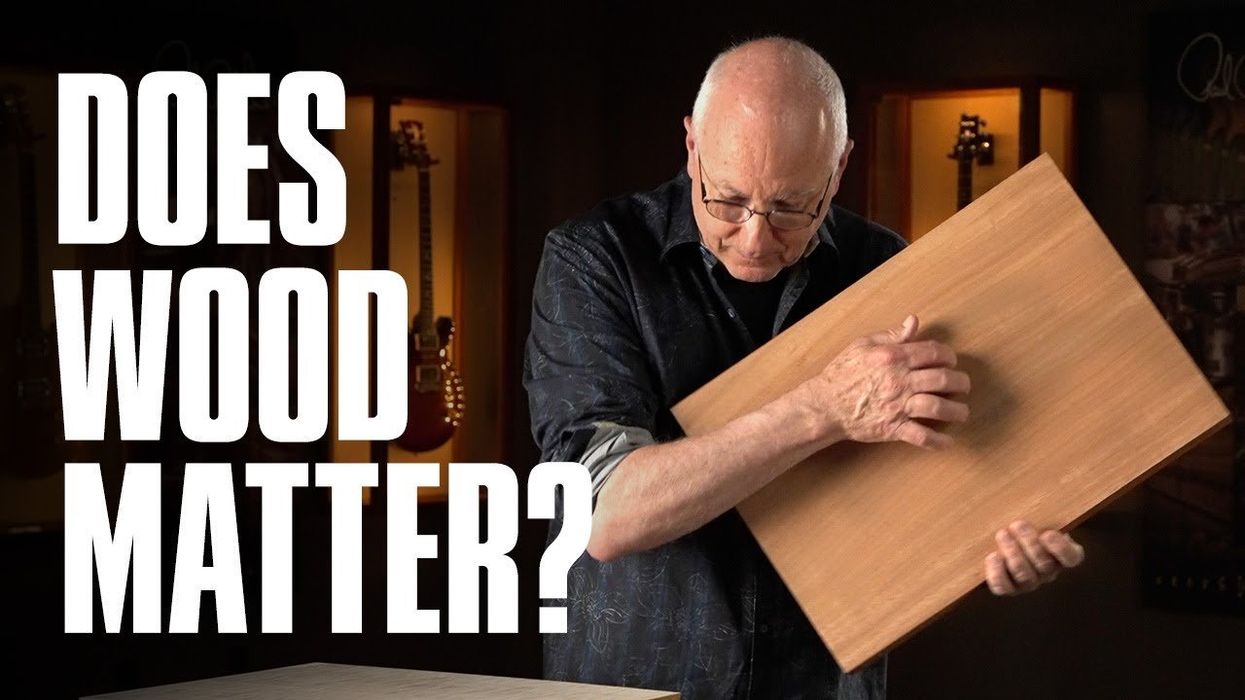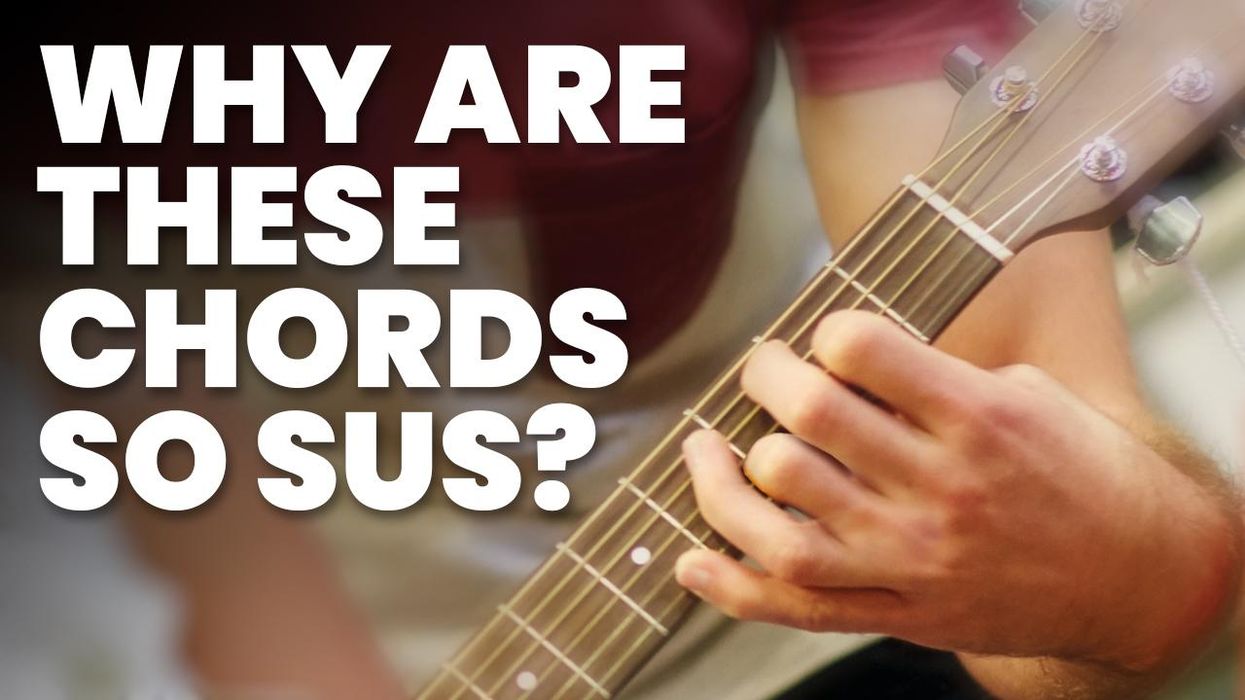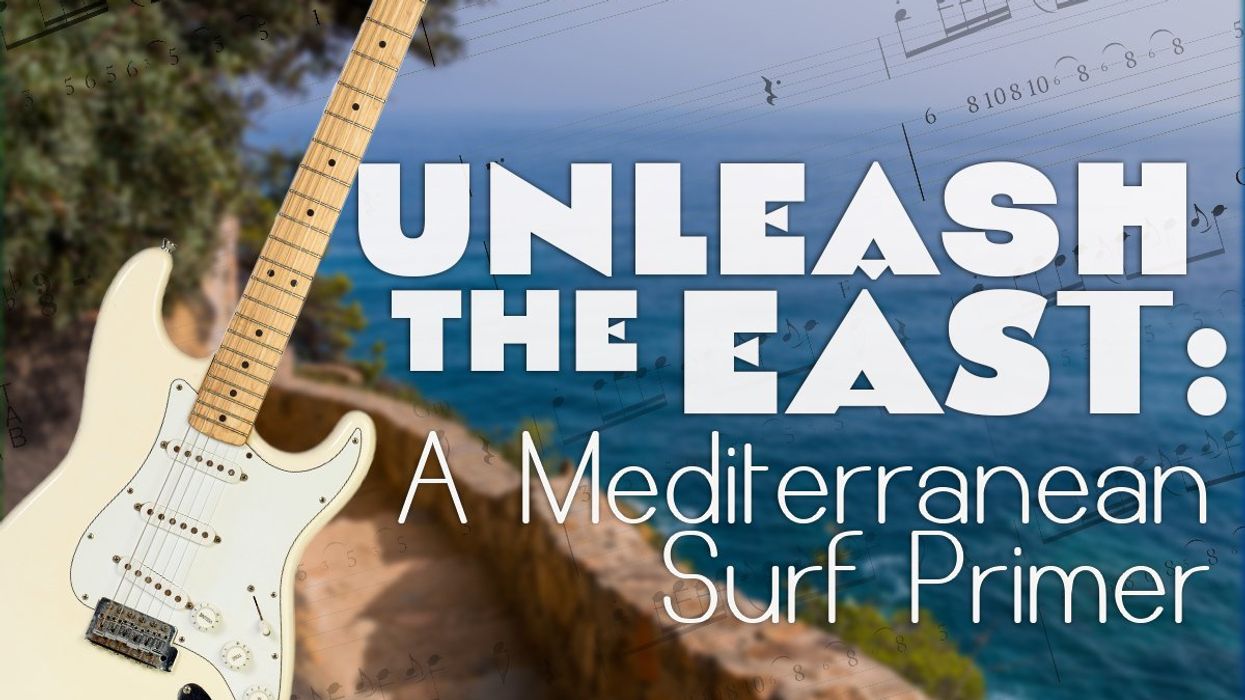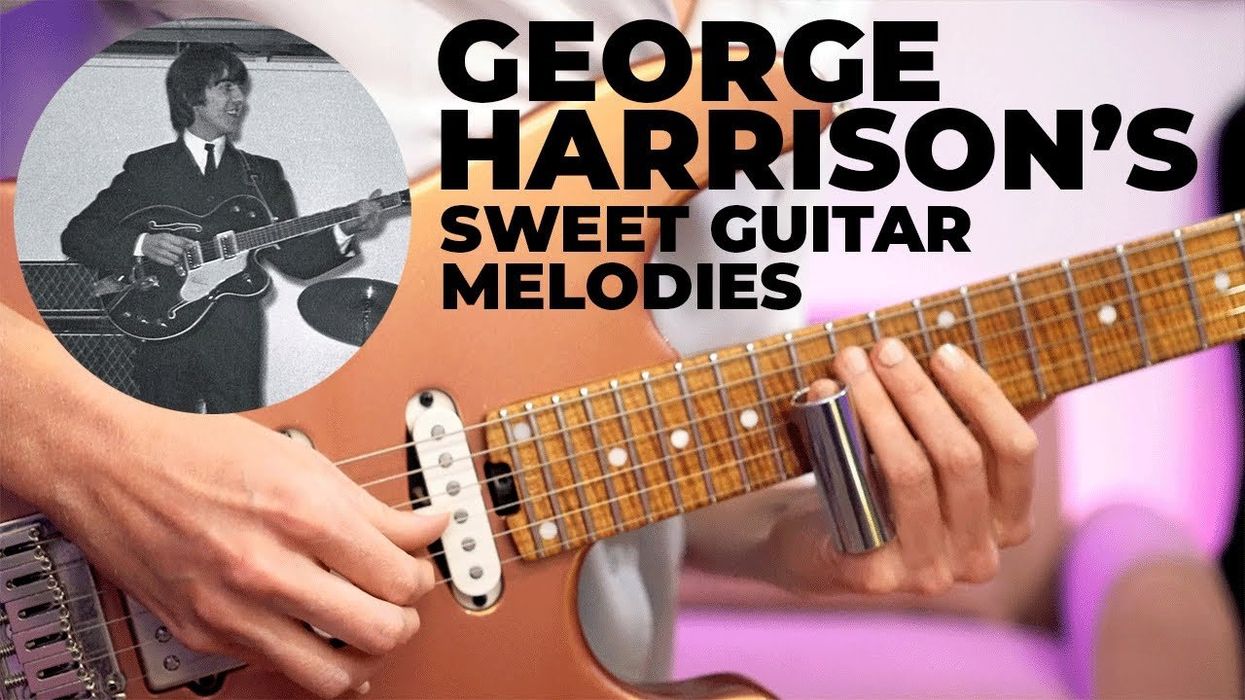The term counterpoint scares many people who think it is a carefully devised process that strips you of creative freedom. This is partly true, because some individuals have pushed the practice of counterpoint as strict rules at some point without explaining its purpose. I disagree with the view that music theory is a rule. Counterpoint, like serialism or any other principle of harmony, is simply a recipe for an expected result. These music theory recipes are not baking recipes where exact measurements must be made; music theory is more like cooking, which is more malleable and open to in-the-moment modifications.
Species Counterpoint
Why was counterpoint invented? Counterpoint has two primary goals: first, to ensure parts are singable, and second, to keep each “voice” independent. Let’s discuss the intervals aspect first. Some intervals are challenging to sing. Tritones, for instance, are not easy for even professional singers to hear and sing when sight reading. Even when time is spent with a piece, getting used to tritones takes a bit of digestion. (This is the main reason tritones were avoided for so long in music. Music was primarily vocal-based for quite some time, such as in 16th century Italian composer Giovanni Palestrina’s music. Carelessly placing tritones would make the music very difficult to sing.) With guitar, we don’t have to hear the notes before we play. We should, but it’s not required (and sometimes that’s what gets us in trouble). The species counterpoint recipe is designed to avoid certain dissonant intervals that are not approached by step. In other words, we don’t jump to or from a dissonance.
When music changed and new instruments became available, the recipes of species counterpoint changed, which makes sense as the limitations of hearing a note weren’t as much of an issue. As baroque composer and theorist Johann Joseph Fuchs proposed, the series counterpoint method is a recipe that places us in a particular time in history. By understanding and using the recipe of series counterpoint, we can connect with the rich musical tradition of the past.
Independence
During this same period, one of the main ingredients of music was that each “voice” (soprano, alto, tenor, bass) was to remain independent. You should be able to hear the journey of each voice on its own. The recipes for counterpoint ensure we maintain independence. Playing two 5ths in succession or two octaves in succession sounds unified and thus makes us lose independence. Using counterpoint, we can ensure that we don’t weave in and out of independent and unified sounds. In the era of early counterpoint, say the Palestrina era, composers didn’t think in terms of a predetermined chord progression. They thought about each line and made sure they merged in harmony. The music was written horizontally to ensure the lines didn’t crash or lose independence. This is considerably different from how we often make music in the rock genres of the 20th century. Bach started incorporating the thought of a “vertical” chord progression. Even before the 20th century, the recipes for counterpoint had evolved. But the evolution didn’t make the earlier recipes irrelevant; it added more options to our recipe book.
Voice Leading
Another critical thing about counterpoint is the movement from one note to another. This is similar to the earlier discussion about intervals that are hard to sing. Voice leading is a crucial aspect of counterpoint. It’s the art of connecting one note to another, whether in a single line or with chords. It ensures that our musical lines flow smoothly, guiding the listener’s ear through the composition. Writing a herky-jerky line that jumps all over the place makes it hard to sing. The art of voice leading is writing lines to feel and sound like they unfold and take us on a ride, but not a ride on a road ridden with potholes—think of a newly paved road on a highway. Counterpoint instills in us how to create even motion. So, when you want to create unrest and a feeling of a jerky experience, you’re applying intentionally.
Power of Suggestion
Counterpoint rules are not strict guidelines but rather flexible recipes or suggestions. Composers have always been free to write what they wanted (well, aside from political and religious oppression), using counterpoint to enhance their compositions, and many composers have experimented with expanding the counterpoint recipes. There are times when we need an expected result. This is when you can use tools to help you achieve that outcome. Although counterpoint was most popular in eras that have long since passed, it still holds significant value in our modern music industry. Its recipes, while evolving, continue to provide a solid foundation for contemporary music composition.
Broken Traditions
At some point, composers grew weary of the sounds they had heard for many years and started expanding. They stopped caring about losing the independence of voices and used parallel 5ths and octaves. Sometimes, they stopped caring about voice leading and wrote pointillistic music. Composers even started composing with noise (such as John Cage), or experimenting with electronic means of composition (Delia Derbyshire and Karlheinz Stockhausen). However, counterpoint still existed, and many of these composers, even though they strayed from some of the recipes, still deeply understood its structure, such as Arnold Schoenberg, who invented a system to avoid tonal harmony.
Lesson
I will give you more than just a dry recipe for species counterpoint in this lesson. Instead, I’ll focus on key elements that can be directly applied to your rock and pop compositions, making your music more dynamic and interesting. For each of these examples, I will live in the land of surf music, one of my favorite genres.
Imitation
In fugues, which are species counterpoint-based, we use something called imitation. Imagine we have two guitarists. Guitarist 1 plays a riff or melodic phrase, and then Guitarist 2 plays that same riff right after Guitarist 1 finishes. Guitar 2 is imitating Guitar 1. However, we can adjust the octave and pitches on which the imitation starts to add more variety to its performance.
For Ex. 1, I created a three-measure phrase for guitar 1 that I will imitate in measure two with Guitar 2. Guitar 2 is an exact copycat of Guitar 1, but they don’t play the part at the same time.
Ex. 2: For this example, I will drop the imitation for Guitar 2 an octave lower.
Ex. 3 is where the fun begins. As I mentioned earlier, we can start on different pitches for our imitation. If the theme (measures one through three) implies a key signature (we’re using the key of E minor for each of these examples to keep it simple), we can imply another key for the imitation but keep the same interval relationship and shape of the theme. We will outline the V chord (Bm) for measures four through six. The result is a conversation between two instruments that can move through a chord progression in a song or a couple of key centers for variety. We can use the same idea with guitar and bass or any other combination of instruments.
In counterpoint, we call the first riff or melodic phrase the “theme.” You may wonder what Guitar 1 is supposed to do while Guitar 2 (or in my recorded examples, bass) imitates the first riff. We have two options: One is to play free—you devise a harmony that works on top of the riff, but you don’t have to play this harmony on every imitation. It’s just an accompaniment that happens at that given time, as in Ex. 4a. Ex. 4b uses the same free accompaniment but moves bars four through six to B minor.
The second option is a countertheme. You can write a second riff that plays every time the imitation plays. The theme and countertheme are interconnected. They swap parts back and forth, as we see in Ex. 5a. Ex. 5b uses the same free accompaniment but moves bars four, five, and six to the key of B minor.
We already have a fruit-bearing tree. This technique prolongs material, using the same parts to lengthen and ornament the music you’re making. Johann Sebastian Bach was a master of this, and I highly recommend studying his music if you like imitation, canons, and fugues.
Consonance and Dissonance
Okay, now that you understand the basic concepts of imitation, theme, and countertheme, it’s time to start digging deeper into the concepts of harmony and voice leading. For counterpoint, we have two categories for interval organization. Consonant intervals are unisons, 3rds, 5ths, 6ths, and octaves. We also have dissonant intervals, such as 2nds, 4ths, and 7ths. Ex. 6 features consonant intervals, Ex. 7, dissonant.
In counterpoint, we only use dissonant intervals step by step. We never jump into them or leave them by leap. Jumping into dissonances can be off-putting. Yes, there are times when you want that sound, but there is a difference between knowing how to use dissonance and using dissonance that isn’t working. Ex. 8 is an example of jumping into dissonance. Many guitarists don’t know how to deal with dissonance when soloing, and songwriters sometimes can’t hear poorly approached dissonance when writing melodies. I know … it sure sounds like I’m talking about rules here! But really, it’s about using tools to achieve a desired result or fixing issues rather than strict regulations.
Strong Beats
In classical music, beat 1 is the strongest in the bar, followed by beat 3, the second strongest. Beats 2 and 4 are the strong beats in jazz. We will focus on beat 1 as the strong beat right now. It’s generally essential that beat 1 of each measure is consonant. The recipe states not to use dissonance on strong beats. There is more tolerance for dissonance on weak beats (2 and 4).
This means we must have an overview of our lines and how they meet at each bar on beat 1 (and beat 3). Beats 1 and 3 should be consonant using a unison, 3rd, 5th, 6th, or octave. Using species counterpoint allows us to tell a functional harmony story more clearly, making the story more apparent to the listener.
The Dreaded Parallel Perfect Intervals
If your head isn’t already spinning, get ready. Earlier, I mentioned that we want to maintain independence with each line in the counterpoint. We don’t want to hear them collapse into each other. Unisons, perfect 5ths, and octaves are perfect intervals. They are the most unified-sounding intervals, which means you lose the most independence when using them. Using two back-to-back octaves is a parallel motion of a perfect interval. This means the line’s independence is wholly lost, which we want to avoid in counterpoint. For this reason, we avoid placing parallel perfect 5ths and octaves successive to each other and adjacent strong beats. Check out Ex. 9 to hear parallel octaves and Ex. 10 for parallel 5ths. Bear in mind, of course, that some genres and periods completely disregard this, such as minimalism.
Shapes of Things
We have most of the basics laid out, except one more topic regarding the independence of lines. We want to maintain the independence of the line with interval choice rather than the direction of each line. When we think of musical lines, we want each line to have its own journey but not unfavorably crash into the other. To achieve this, we want each line to have a different shape and follow each other in parallel motion. We have options for variety.
1. Parallel motion: Each line moves in the same direction with perfect intervals (Ex. 11).
2. Similar motion: Each line moves in the same direction with constant intervals (Ex. 12).
3. Oblique motion: When one voice stays in the same position, the other voice moves (Ex. 13).
4. Contrary motion: When both lines move in opposite directions, offering the most independence (Ex. 14).
The idea is to have a variety of shapes to maintain independence of direction.
Final Thoughts
I know this is a lot to take in. Studying counterpoint is no small task. But I hope that this introductory lesson into the concepts of counterpoint illuminates its power as both a creative tool and a troubleshooting device for composing and building solos. Understanding counterpoint means only sometimes considering it in the composition process. You can write as you always do, but if something doesn’t sound right, it’s much easier and faster to diagnose and fix the problem. There are times when composing with counterpoint in mind can be a fantastic tool. It’s up to you to decide when to use the creative recipe.


